How do bees communicate by dancing? Communication between bees
COMMUNICATION AMONG BEES
In beginning my study of bees, I have come to understand that they have a rather complicated communication system and that one returning forager can tell the rest of the bees in the hive where the nectar and pollen sources are located. Can you tell me how this works?
Quite a bit of work has been done in the area of bee communications and there is much that we still do not understand. We’re going to summarize some of the work that has been done but we’re also going to refer you to two books for a complete survey of the work in this fascinating field: The Hive and the Honey Bee, a Dadant & Sons, Inc. publication and The Dance Language of Bees by Dr. Michael von Ryan.
Dr. Walter Gary reminds us in his chapter in The Hive and the Honey Bee that bees are social animals and that effective communication is a basic requirement of a social existence. He also points out that we tend to interpret bee activities and behavior by ascribing to them human characteristics or terminology. We cannot assume that there is a “thinking process” or “intelligence” in bee communication as we understand these terms.
Bees use various stimuli, such as light, chemical, and physical stimuli, that can be perceived by specific sensory organs just as communication signals are sent and received by human beings. The honey bee is adapted to the relatively close and dark atmosphere of the interior of the hive suggesting that odor, touch, and perhaps sound, rather than vision, may be the primary stimuli involved in their communication.
A foraging bee may return to the hive and pass her drop of nectar to receiving bees in the hive that are potential foragers. This sharing of food is probably significant in alerting the hive bees that there is food to be collected. There is also evidence that the odor from the fragrance of the visited flower clings to the waxy cuticle layer covering the body of the bee and this odor further serves to identify possible food sources.
How do honey bees communication dance?
Nectar and pollen collectors, upon returning to the hive, may “perform” on the combs in patterns which have been termed “round dances” or “wagtail dances.” These movements excite other bees which follow the dancing of the “performer” with their antennae positioned on or near the dancing bee. The dancing bee may suddenly stop the dance and move to a different place in the hive and resume dancing there, thus exciting other bees. These excited bees are then stimulated to leave the hive in search of the food source. In other dances, especially the wagtail dance, the “performer” is also able to indicate the direction of this food source in relation to the sun. By a series of movements, the exact angle toward or away from the sun can also be communicated. The quantity of food available is probably indicated by the number of “dances” performed in the hive. A short foraging trip would indicate a heavier honey flow and there would consequently be more dancing in the hive and more stimulation to fly to the food source.There are probably many other communication signals that we are not aware of at this time or we may be misinterpreting communication signals that we observe. It has been suggested that electrostatic charges may build up on the body of the foraging bee and these charges may be passed on or detected by other bees, stimulating them to forage.

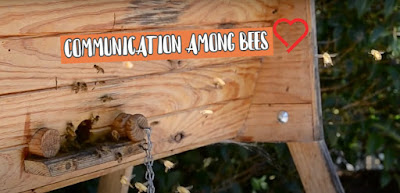
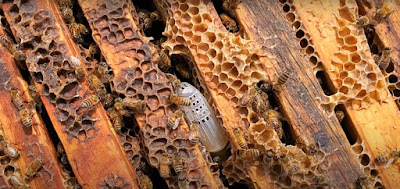
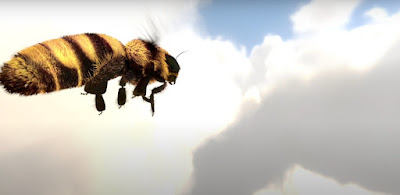

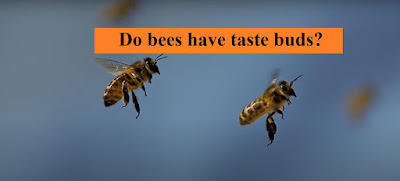

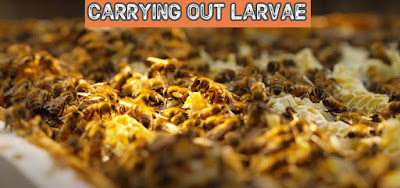
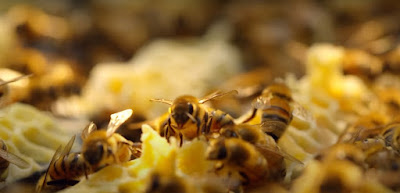
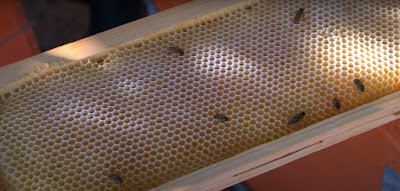


Comments
Post a Comment